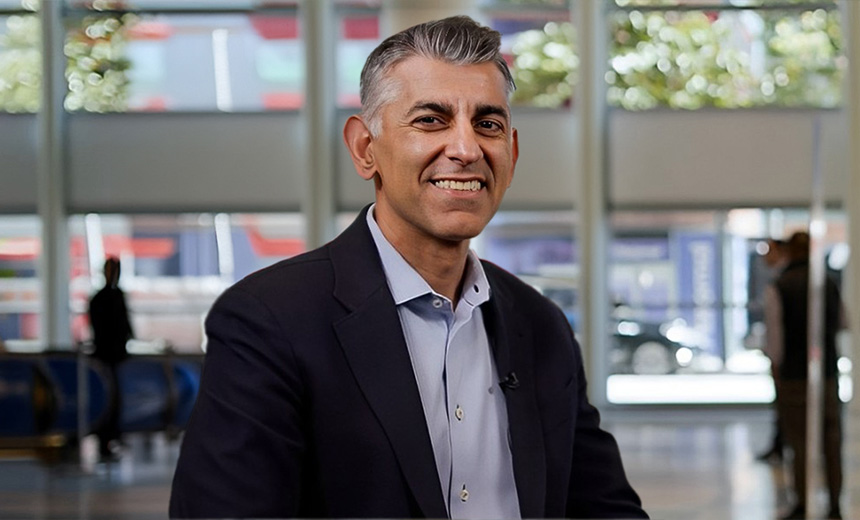- Many ways to use the date command on Linux
- Customer Experience is Ready to Engage at Cisco Live
- Arc reinvented browsing for the better - and that was apparently the problem
- Why I prefer this rugged Samsung phone over flagship models (and it looks just as good)
- New cybersecurity threats test the mettle of financial services CIOs
A Human-Centric Security Approach, Supported by AI

Artificial Intelligence & Machine Learning
,
Events
,
Next-Generation Technologies & Secure Development
Protect People and Infrastructure Simultaneously: Proofpoint CEO Sumit Dhawan
To address the cliche of people being the weakest link, cybersecurity company Proofpoint said it’s putting humans at the center of its security.
See Also: From CNAPP to CDR: The Cybersecurity Road Ahead
Data and information are critical for companies and enterprises, but they don’t exist in silos: Customers say that 70% of the threats come in as social engineering attacks on their own people, said Sumit Dhawan, CEO, Proofpoint. People make mistakes – by being careless, uninformed or malicious – and take the data to places where it is not allowed, he said.
Protecting infrastructure and people are equally important, he said. “You get EDR. You get SASE solutions that protect your infrastructure, endpoint and network. You take a very similar approach in protecting your people,” he said.
In this video interview with Information Security Media Group at RSA Conference 2024, Dhawan also discussed:
- The challenges of protecting individual users within corporate security frameworks;
- How firms benefit from integrating infrastructure protection with human-centric security;
- Using generative AI to enhance predicting and mitigating security threats.
At Proofpoint, Dhawan leads a global workforce focused on defending organizations from advanced cyberthreats and compliance risks. He has more than 25 years of experience in building category-leading, scaled enterprise software companies and businesses. Previously, Dhawan served as president of VMware, where he was responsible for driving over $13 billion of revenue and led the company’s go-to-market functions.

